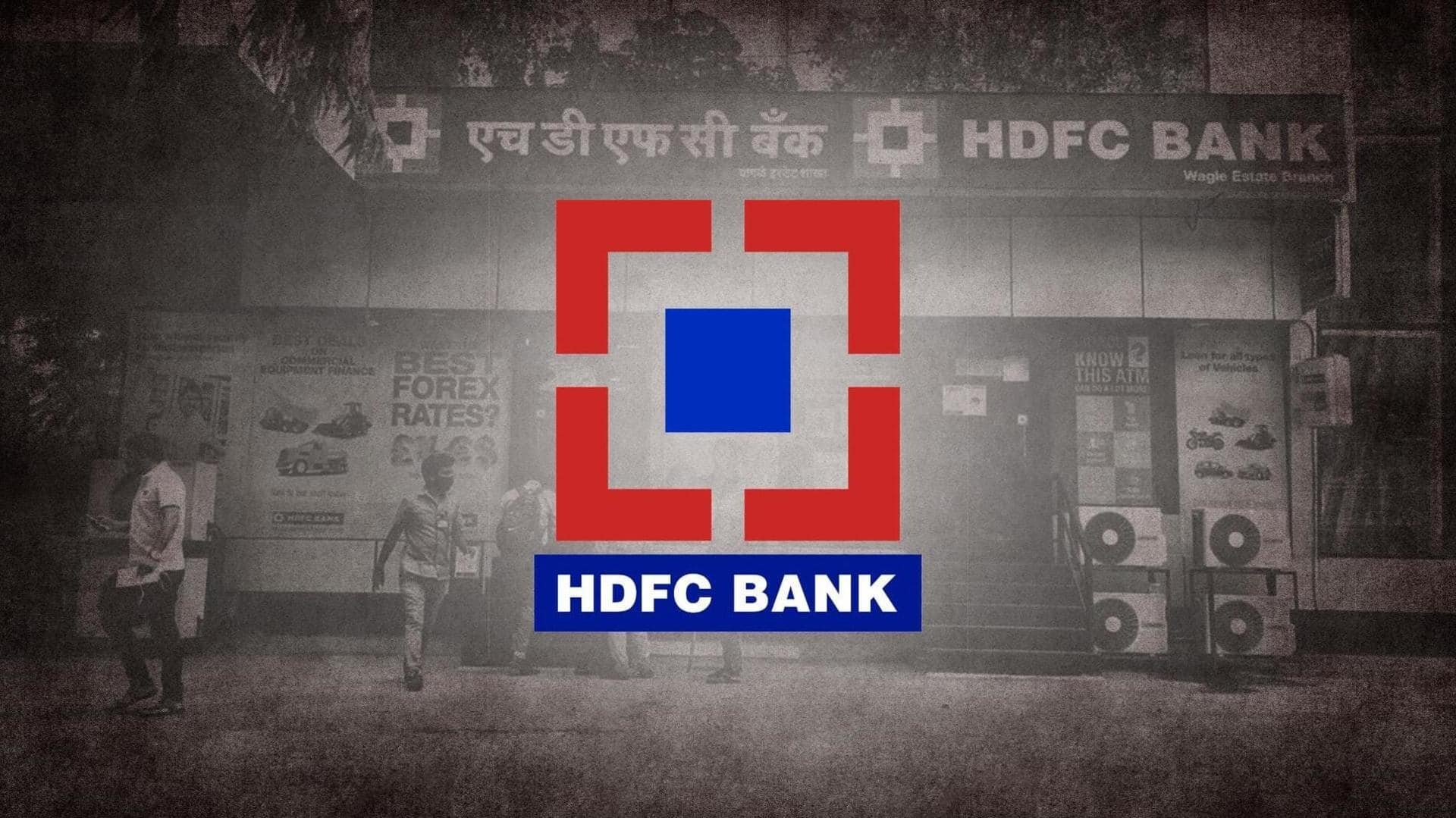
HDFC becomes first to introduce CBDC-UPI interoperability: How it works
What's the story
It hasn't been that long since the Reserve Bank of India rolled out the wholesale and retail versions of Central Bank Digital currency (CBDC) or digital rupee. Now, HDFC Bank, India's largest private lender, has become the first to implement interoperability between CBDC and Unified Payments Interface (UPI). It also boarded over one lakh users in both categories.
Context
Why does this story matter?
The widespread adoption of CBDC is one of the most ambitious goals of the RBI. The central bank believes CBDC can make online transactions risk-free, boosting the digital economy further. HDFC's achievement shows that CBDC has found takers in the country. Adding CBDC-UPI interoperability to the equation will further CBDC's growth in the country.
Interoperability
Interoperability will improve the ease of CBDC transactions
HDFC introduced the CBDC-UPI interoperability to improve the ease of transactions involving CBDC. Users will be able to use a single QR code to pay through CBDC and UPI. Previously, merchants needed a separate QR code for CBDC. With interoperability, a CBDC user will be able to do transactions even if the merchant does not have a CBDC account.
HDFC
HDFC customers can scan the same QR code
The central bank plans to complete the implementation of interoperability by the end of this month. HDFC Bank is the first lender to introduce the same. From now on, HDFC Bank customers do not need to scan separate QR codes to conduct CBDC or UPI transactions. The bank believes the move would boost the usage of CBDC in day-to-day transactions.
Information
Interoperability will boost CBDC's usage: HDFC
"CBDC is a forward-looking initiative and its QR interoperability with the already accepted and widely popular UPI is going to prove greatly beneficial to its usage," said Parag Rao, HDFC's country head of payments.
Onboarding
HDFC onboarded around 2 lakh merchants under CBDC pilot program
HDFC onboarded 1.7 lakh merchants and one lakh customers under the CBDC pilot program. The RBI launched the pilot of the wholesale digital rupee in October, while the retail variant was introduced a month later. The central bank's aim is to increase CBDC retail's transaction volume to one million daily by 2023. It currently stands at 5,000-10,000.